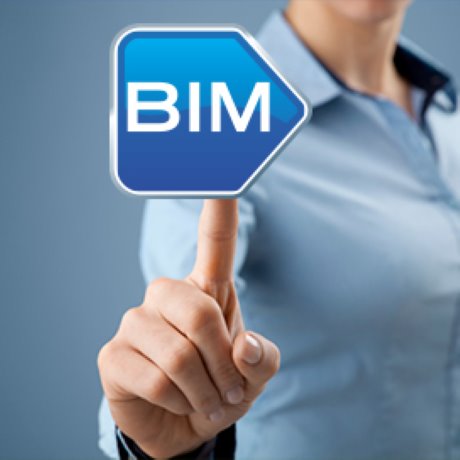Technology is remaking construction from the ground up and in the third dimension.
Geraldine Rayner with Summit BIM Consulting Ltd. presented Powered by Data – Breaking the Paper Barrier at the Vancouver Regional Construction Association’s Construction Learning Forum in Whistler, B.C. She explained to attendees how Building Information Modeling (BIM) is changing the way structures are planned and built.
Rayner said digital technology has forced change upon almost all industries and cited examples such as Kodak and Blockbuster as huge companies that didn’t adapt and paid the price.
Construction and design industries must do the same, she said.
"We’ve used drawings for several hundred years to convey building intent," she said, but added 2D drawings are confined by the paper they are printed on and have a limited ability to convey complex information.
"As an industry, we’re still using 2D paper," she said.
Despite the fact that everyone in the room has a mobile phone and uses digital technology every day, the industry still lags behind.
Rayner said BIM is about getting past the documents to the data within.
"BIM is actually a way of working, as opposed to a ‘thing.’ BIM isn’t one piece of software. It’s the tools that enable the process to occur," she said.
When you work in BIM environment, Rayner said, you are entering data into a database, not making a drawing. It’s about conveying information and figuring out what information needs to be conveyed.
"You’re only after quality, not quantity," she said.
In order to obtain structured, usable data, you need the right location, proper and precise naming, as well as making sure elements are in the right categories.
Know the parameters being used, and "zip the data together so it can be passed off," she said.
Rayner also said contractors need to remember who they are building for and what those owners are expecting from them.
The transition from the construction phase to operation costs the U.S. $4 trillion a year because the construction industry is giving owners paper and expecting them to enter it manually.
"People getting a new mobile phone don’t expect to manually re-enter all their contacts and info, but that’s exactly what the industry does to owners," she said.
"BIM works most effectively when the owner states it as a requirement in the Request for Proposals (RFP)," Rayner said.
"They’re saying this is what they need, this is what their expectation is, and then everybody who partakes understands the rules at the beginning."
Adopting BIM needs to be driven by the people who want the building and will reap the benefits of a smooth building process, she said.
"Otherwise it becomes what we think of as ‘selfish BIM,’ which is where you’re doing it because the gain is to you as an organization as opposed to the bigger groups that play in the process," Rayner said.
The British government has mandated the use of BIM on projects, and other EU countries are also "way, way ahead" of Canada in terms of adoption of BIM processes, she added.
"Canada is unfortunately lagging way behind, and needs to start mandating at a government level a BIM requirement … so that industry understands the changes happening and then people will get on board and start moving to it," she said.
The Construction Learning Forum was a two-day conference aimed at grooming the next generation of leaders in the construction.











Recent Comments
comments for this post are closed